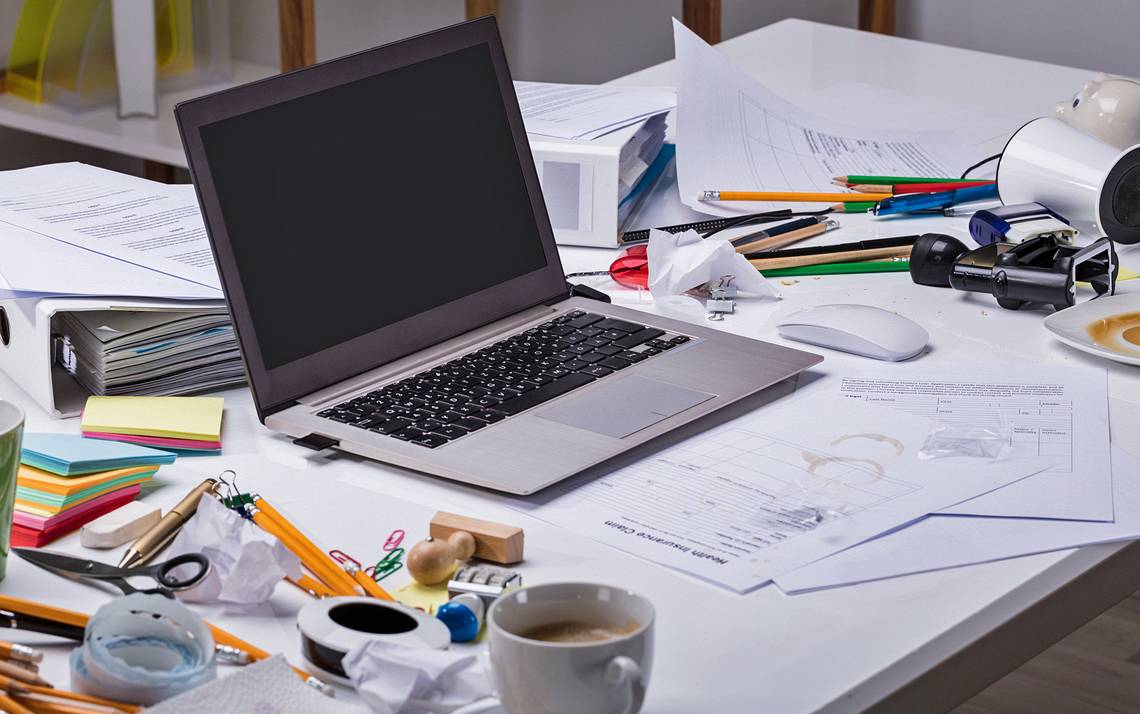Organizing your workspace can feel overwhelming, but the benefits of a well-organized desk are undeniable. A tidy desk not only enhances productivity but also ensures that important documents are easy to locate when you need them. Reliable file management is the key to achieving this, and in this blog, we’ll guide you through the steps to declutter your desk and set up a system that works for you.
What You’ll Learn in This Guide
By the end of this blog, you’ll know:
- Why a clutter-free desk boosts productivity
- Practical steps to organize paper and digital files
- Essential tools and systems to keep your desk in order
Why File Management Matters
A cluttered desk can reduce focus and increase stress, especially when you’re scrambling to find that one elusive piece of paper. Reliable file management helps avoid these issues by creating a streamlined system for storing and retrieving documents. With well-organized files, you’ll:
- Save time by reducing the need to search for misplaced items
- Reduce the risk of losing important paperwork
- Boost mental clarity and focus, fostering productivity
Think of file management as the foundation of an efficient workspace. Whether you’re working from home or at the office, a reliable system is critical to keeping unnecessary chaos at bay.
How to Declutter Your Desk in Practical Steps
1. Clear Out the Clutter
Start by removing everything from your desk. Yes, everything. Separate items into categories:
- Papers
- Office supplies
- Electronics
- Personal items
Sort through these piles and decide what’s essential to keep and what can be discarded or relocated. Recycle old papers, toss dried-out pens, and store non-essential personal items elsewhere.
2. Organize Papers into Categories
Next up is dealing with your paperwork. Group your documents into broad categories, such as:
- Financial documents
- Medical records
- Work-related materials
- Personal correspondence
With your paperwork sorted, consider setting up an important documents binder. This can be a lifesaver for storing birth certificates, legal documents, and other essential records in one place, ensuring quick and easy access when needed.
3. Create a Filing System
For your physical files, invest in tools like:
- File folders or accordion folders
- Labeling supplies (e.g., markers, label makers)
- Desktop organizers or file cabinets
Assign a specific folder for each category, label it clearly, and store the folders somewhere easily accessible. For current projects, consider a desktop file organizer to keep documents at your fingertips.
4. Tame the Digital Chaos
File management doesn’t stop with paper. Your digital files need just as much attention. Here’s how to get started:
- Delete Duplicates and Junk: Remove unnecessary files, duplicates, and outdated materials.
- Organize Folders: Create a simple folder structure (e.g., “Work,” “Personal,” “Taxes”) and stick to it.
- Use Cloud Storage: Platforms like Google Drive or Dropbox ensure your files are backed up and accessible from anywhere.
Set aside time each week to maintain digital order by clearing download folders and organizing new files.
5. Use Desk Accessories to Your Advantage
The right desk accessories can make all the difference in file management. Consider:
- Trays or in/out boxes for incoming and outgoing paperwork
- Drawer dividers for pens, notepads, and small items
- Cable organizers to tame electronic cords
An uncluttered desk surface provides mental clarity, so use these tools to keep everything tidy while maximizing desk space.
6. Make File Management a Habit
The best file management system won’t last unless it becomes a habit. Dedicate time each week to:
- Filing new documents
- Tidying up your workspace
- Reviewing and discarding outdated items
By making these practices routine, you’ll keep clutter from building up and ensure your desk remains a productivity-friendly zone.
Benefits of Having a Well-Organized Workspace
Increased Productivity
Studies show that a clean, organized desk enhances concentration. By reducing distractions, you can focus more effectively on your tasks.
Reduced Stress
Knowing exactly where everything is eliminates the anxiety of searching for misplaced items. A tidy desk creates a calmer work environment.
Professionalism
Whether you’re hosting clients or participating in video calls, a clutter-free workspace creates a polished and professional impression.
Tools to Simplify File Management
Here are a few must-have tools to help you stay organized:
- Binders and Folders: Ideal for grouping similar documents.
- Cloud Storage Solutions: For digital file backup and access on the go.
- Label Makers: Make finding files easier with clear labels.
- Shredders: Dispose of sensitive documents securely.
Keep Your Desk Clutter-Free
Decluttering isn’t a one-time event; it’s an ongoing process. With reliable file management systems in place, you can maintain a clean desk while staying on top of daily tasks and long-term projects. Remember, the goal is to create a workspace that enhances productivity and reduces stress.
For most of us, it’s not about having a Pinterest-perfect desk. It’s about creating a space where we can work efficiently and feel good while doing it.











